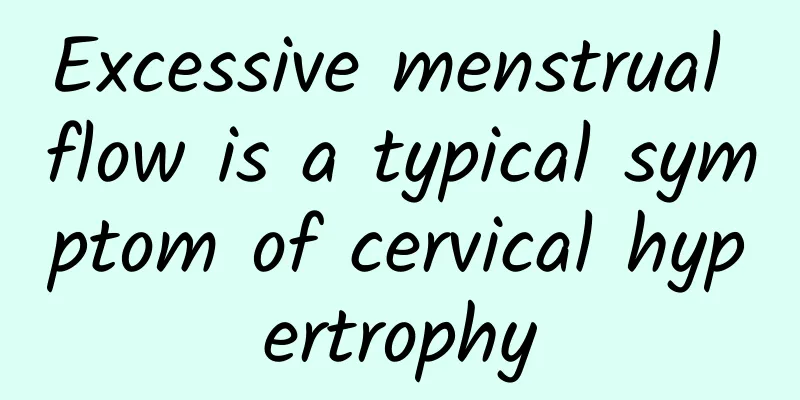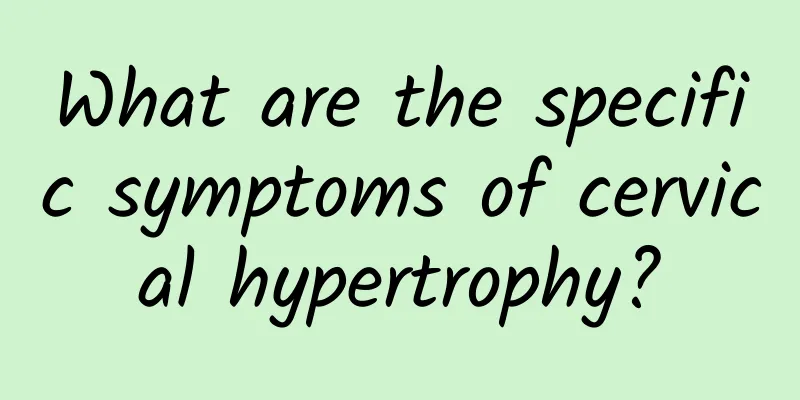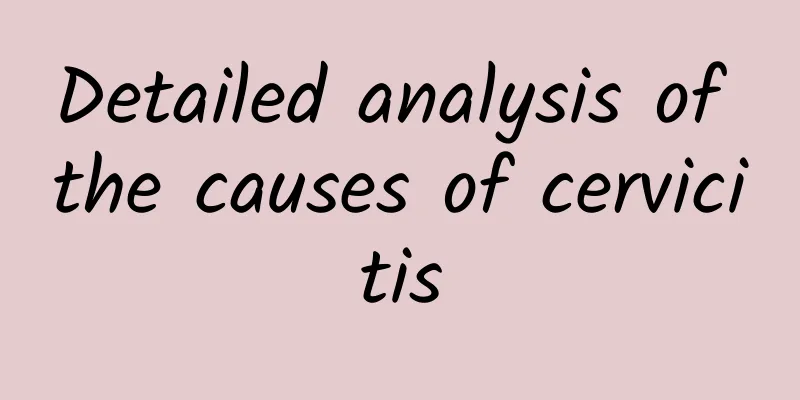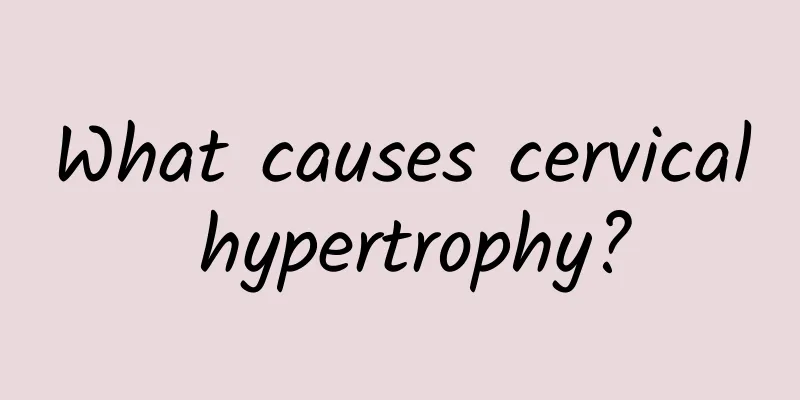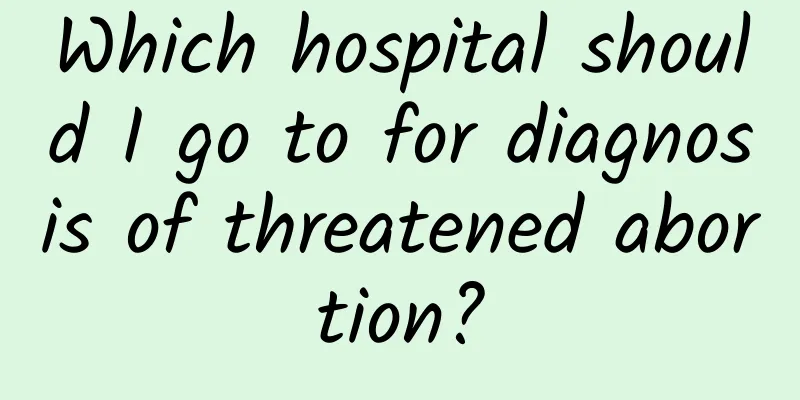What should I do if I have uterine fibroids?
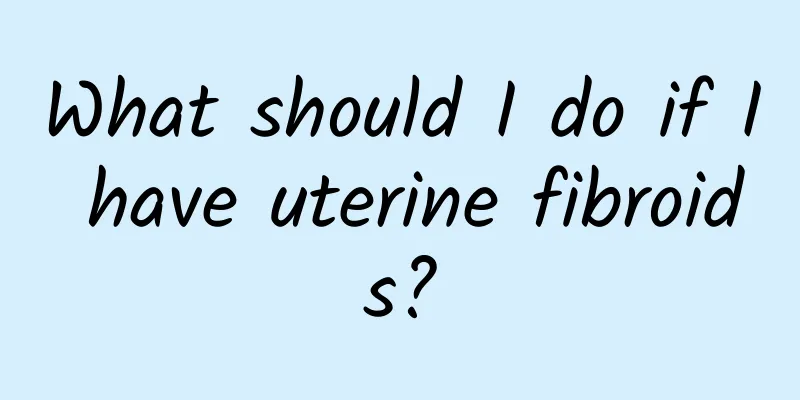
|
Uterine fibroids are a very common uterine disease. Nowadays, the incidence of uterine fibroids has been on the rise, which poses a great threat to the health of female friends. Female friends must be aware of their own conditions, understand the symptoms and treatment of uterine fibroids, and keep themselves away from troubles. The harm of uterine fibroids 1. Anemia: Since the uterine function of female friends will be affected after suffering from uterine fibroids, female patients are prone to increased menstrual volume and prolonged menstrual period, which can easily cause anemia in women. 2. Infertility: After a patient has uterine fibroids, the environment for the fertilized egg to implant changes, which can easily lead to infertility in women. 3. Adhesion: If the disease is not effectively treated, the fibroids may twist and cause adhesions to the surrounding areas. Symptoms of uterine fibroids 1. Menstrual changes: The most common symptom is shortened menstrual cycle, increased menstrual flow, prolonged menstrual period, irregular vaginal bleeding, etc. 2. Increased leucorrhea: Increased leucorrhea, sometimes with a large amount of purulent and bloody discharge and necrotic tissue discharge with a foul odor. 3. Pain: Generally, patients do not have abdominal pain, but often have lower abdominal distension, back pain, etc. When the pedicle of the subserosal fibroid is twisted, acute abdominal pain may occur. When the fibroid turns red, the abdominal pain is severe and accompanied by fever. 4. Compression symptoms: When the fibroid grows forward or backward, it can compress the bladder, urethra or rectum, causing frequent urination, dysuria, urinary retention or constipation. When the fibroid grows to both sides, it forms a broad ligament fibroid, which compresses the ureter and can cause hydroureteral or renal pelvis; if it compresses the pelvic blood vessels and lymphatic vessels, it can cause lower limb edema. Treatment of uterine fibroids 1. Drug treatment: For patients with heavy menstrual flow and an enlarged uterus about the size of an eight-week pregnancy, androgen therapy can be used after diagnostic curettage and elimination of endometrial cancer. Second, surgical treatment, patients with uterine fibroids, the age of uterine appendectomy is usually under 45 years old, especially under 40 years old. Nowadays, hysterectomy is very harmful to the human body, and many hospitals no longer perform this operation. 3. Minimally invasive treatment, but minimally invasive is a concept, not a certain surgical method. Any treatment method can achieve the effect of minimally invasive as long as it can treat the disease to the greatest extent while reducing the trauma to the patient. If the indications are not mastered, any method can turn from minimally invasive to massively invasive. |
<<: Are medications usually effective in treating cervical erosion?
>>: Middle-aged women suddenly develop a "bucket waist" and are alert to uterine fibroids
Recommend
Tell you why you can't have children after menopause. You need to think twice about the risks of having children at an advanced age.
Generally speaking, women's physical function...
Can I have sex if I haven't had my period one month after an abortion?
You can have sex if you don’t have your period on...
Use the pear method to lose weight, but be careful as the chance of gaining weight again is high! Dr. Wu Yingrong reveals: Improved menu is more beneficial for weight loss
Pears are sweet and juicy. Since pears are low in...
How many days does it take for abdominal pain to start after an ectopic pregnancy?
Ectopic pregnancy usually starts with abdominal p...
Eating cold rice can help you lose weight! Vegetables and fruits mixed with cold rice only 300 calories
Who says food has to be eaten hot? Have you ever ...
Here are the examination items for irregular menstruation
What are the examinations for irregular menstruat...
How much does it cost to treat bacterial vaginosis?
How much does it cost to treat bacterial vaginiti...
What are the dangers of vulvar itching?
Vulvar pruritus is a common disease among women. ...
Symptoms of adenomyosis
The main symptoms of adenomyosis include heavy me...
Unmarried women can also suffer from adnexitis
Adnexitis refers to inflammation of the ovaries a...
New method to prevent cervical precancerous lesions
How can women prevent cervical precancerous lesio...
Is ulcer powder effective in treating cervical erosion? It is recommended to use these traditional Chinese medicines to treat cervical erosion
Women should understand the disease of cervical e...
How to recover quickly from threatened abortion
Women of childbearing age will basically delay ch...
What are the early symptoms of pelvic peritonitis?
As a common gynecological disease, many female fr...
Adnexitis has different manifestations in acute and chronic conditions
Adnexitis has different symptoms in acute and chr...

